Each essential oil has a unique history and uses. It can be a powerful tool for promoting physical and emotional well-being. Essential oils, when used with diffusers, create a relaxing, soothing environment.
With the current trend of working from home, it is important for workers to setup an inviting work environment . Research shows pleasant smells invites creativity and focus, making you more productive.
Here are the Top 10 Essential Oils you must have in your drawers, ready for work!
Lavender
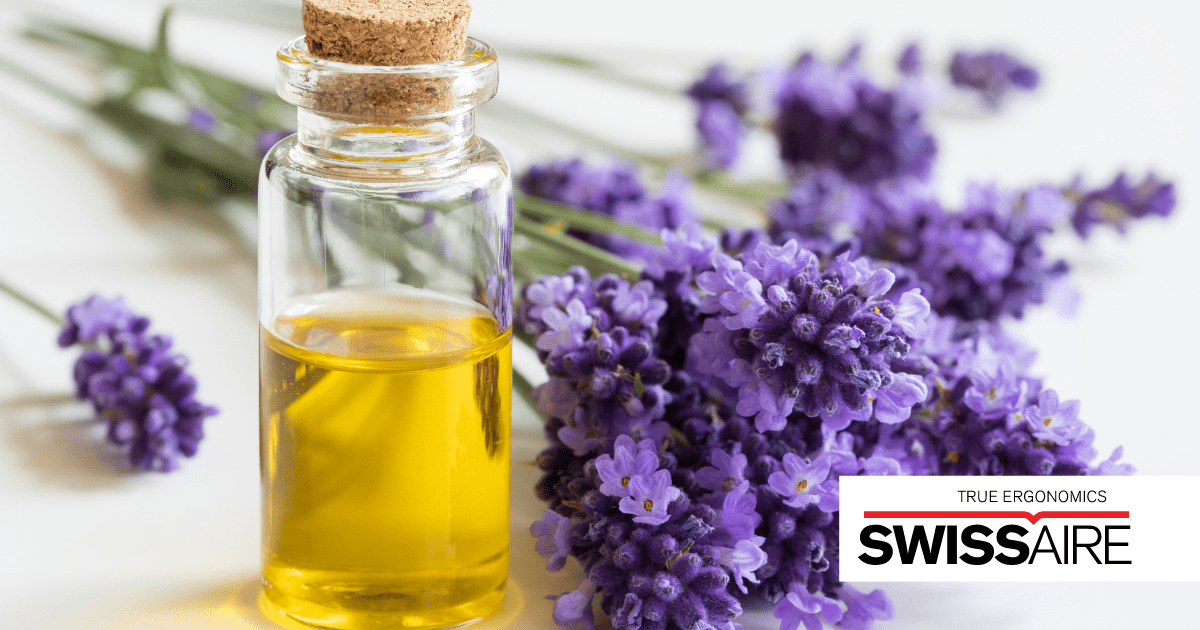
Lavender essential oil is derived from the flowers of the lavender plant, which is native to the Mediterranean region. It has been used for thousands of years for its calming and soothing properties.
Ancient Egyptians and Romans used lavender in their baths to relax and de-stress. In medieval Europe, lavender was used to freshen the air and to ward off disease.
Today, lavender oil is still used for its calming effects. its ability to promote restful sleep, soothe skin irritations, and relieve headaches.
Peppermint
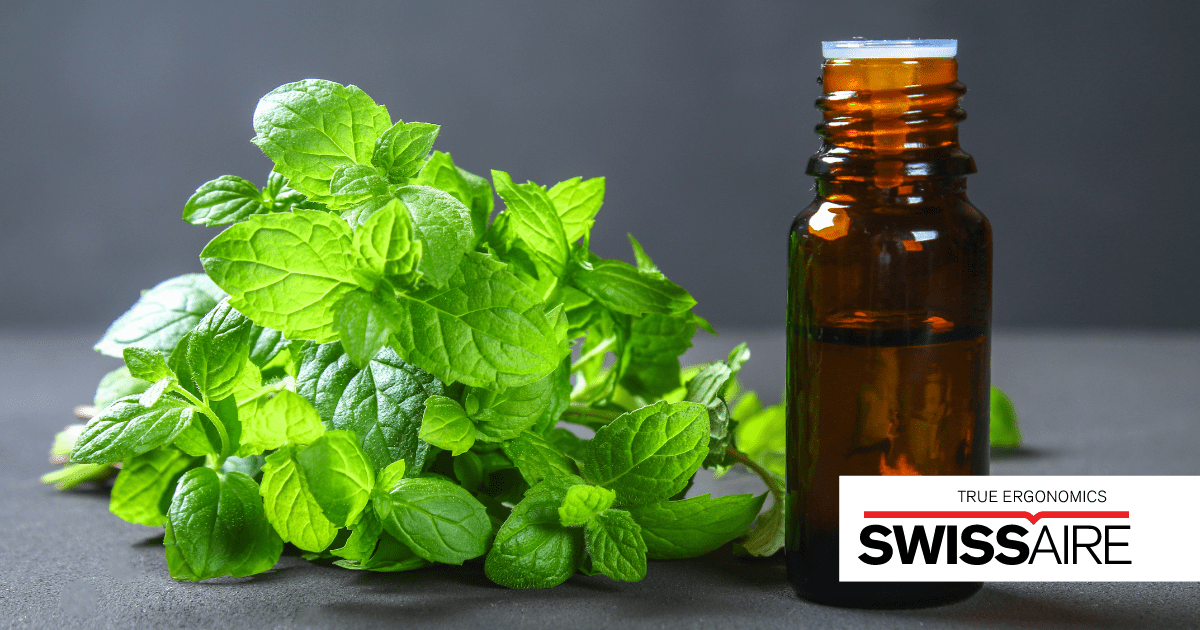
Peppermint essential oil is extracted from the leaves of the peppermint plant, which is a hybrid of watermint and spearmint.
Peppermint has a long history of use in traditional medicine, dating back to ancient Greece and Rome. It was used to soothe digestive issues, freshen breath, and improve mental clarity.
Today, peppermint oil is still used for its digestive benefits. Its cooling and refreshing properties can help relieve tension headaches and muscle soreness.
Tea Tree
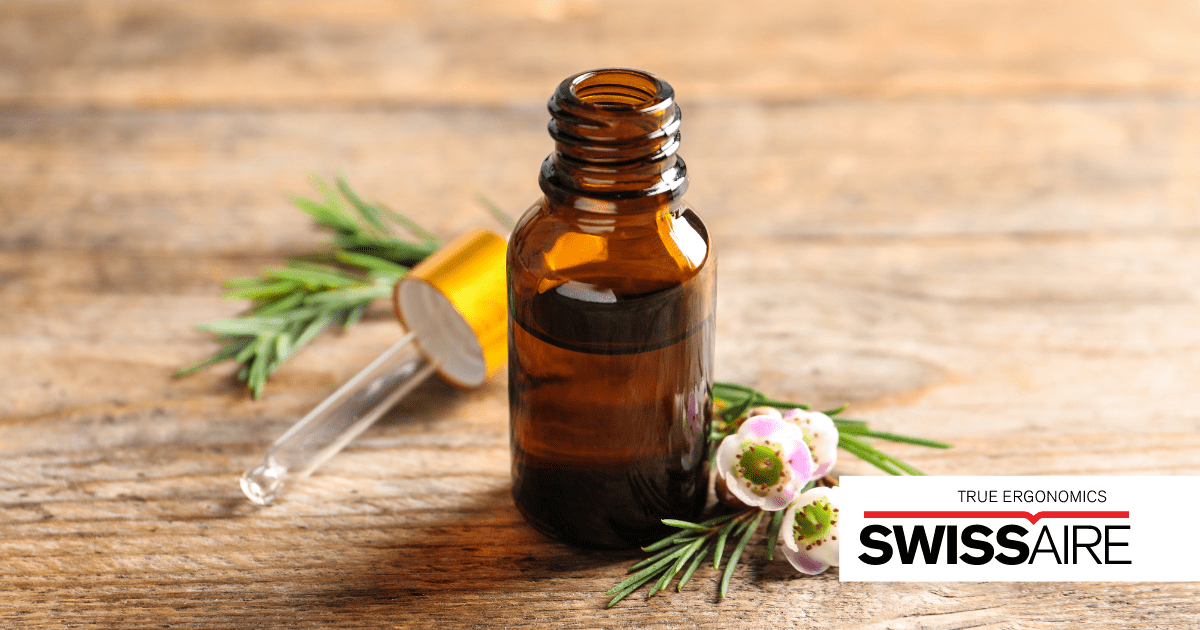
Tea tree essential oil is extracted from the leaves of the tea tree, which is native to Australia. It has been used by indigenous Australians for thousands of years for its antiseptic and healing properties.
During World War II, tea tree oil was used by Australian soldiers as a disinfectant for wounds.
Today, tea tree oil is still used for its antibacterial and antifungal properties, as well as for its ability to soothe skin irritations and promote healthy hair and scalp.
Eucalyptus
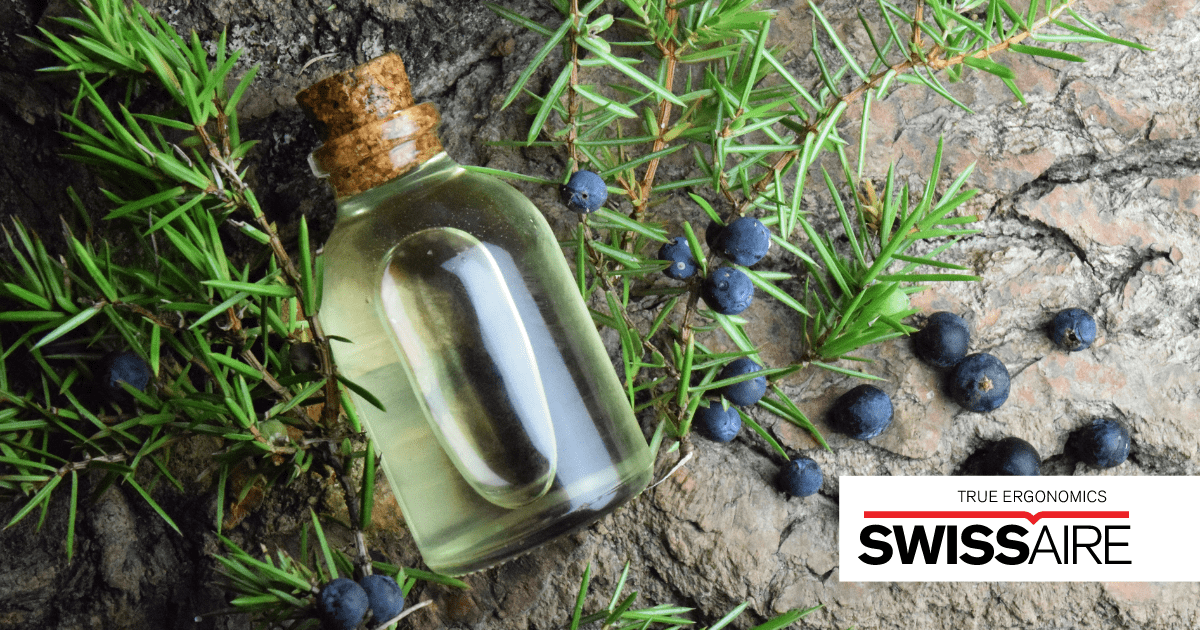
Eucalyptus essential oil is extracted from the leaves of the eucalyptus tree, which is native to Australia. It has been used for centuries by indigenous Australians for its medicinal properties.
In the 19th century, eucalyptus oil became popular in Europe and America as a treatment for respiratory infections and congestion.
Today, eucalyptus oil is still used for its respiratory benefits, as well as for its cooling and soothing effects on sore muscles and joints.
Lemon
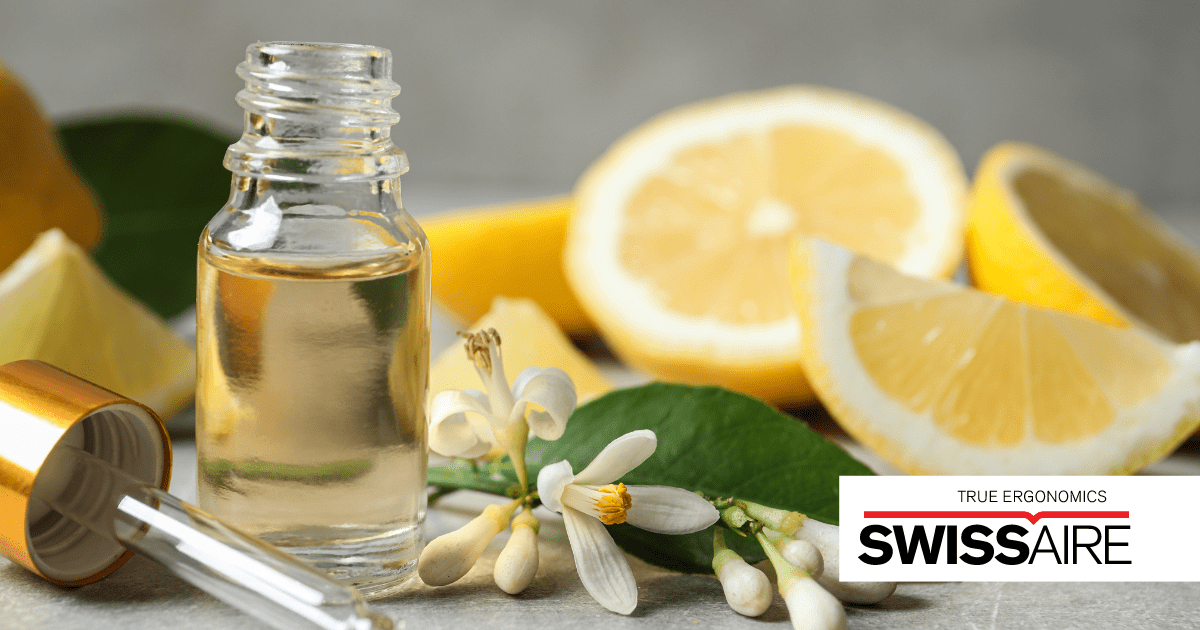
Lemon essential oil is extracted from the rinds of fresh lemons. It has been used for centuries for its cleansing and purifying properties.
In ancient Rome, lemon was used to disinfect and deodorize public spaces. In traditional Ayurvedic medicine, lemon was used to promote digestion and detoxification.
Today, lemon oil is still used for its cleansing properties, as well as for its ability to uplift and energize the mood.
Frankincense
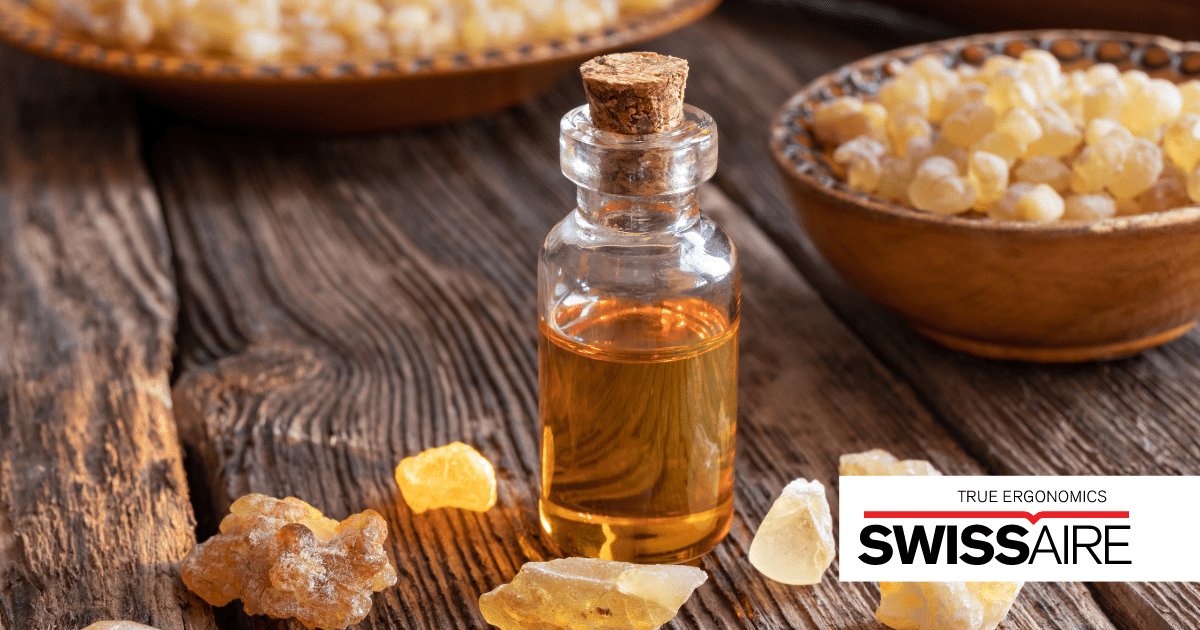
Frankincense essential oil is derived from the resin of the Boswellia tree, which is native to the Middle East. It has been used for thousands of years in religious ceremonies and for its medicinal properties.
In ancient Egypt, frankincense was used in embalming and as an offering to the gods. It was also highly valued in ancient Greece and Rome for its therapeutic properties.
Today, frankincense oil is still used for its calming and grounding effects, as well as for its ability to support the immune system and promote healthy skin.
Rose
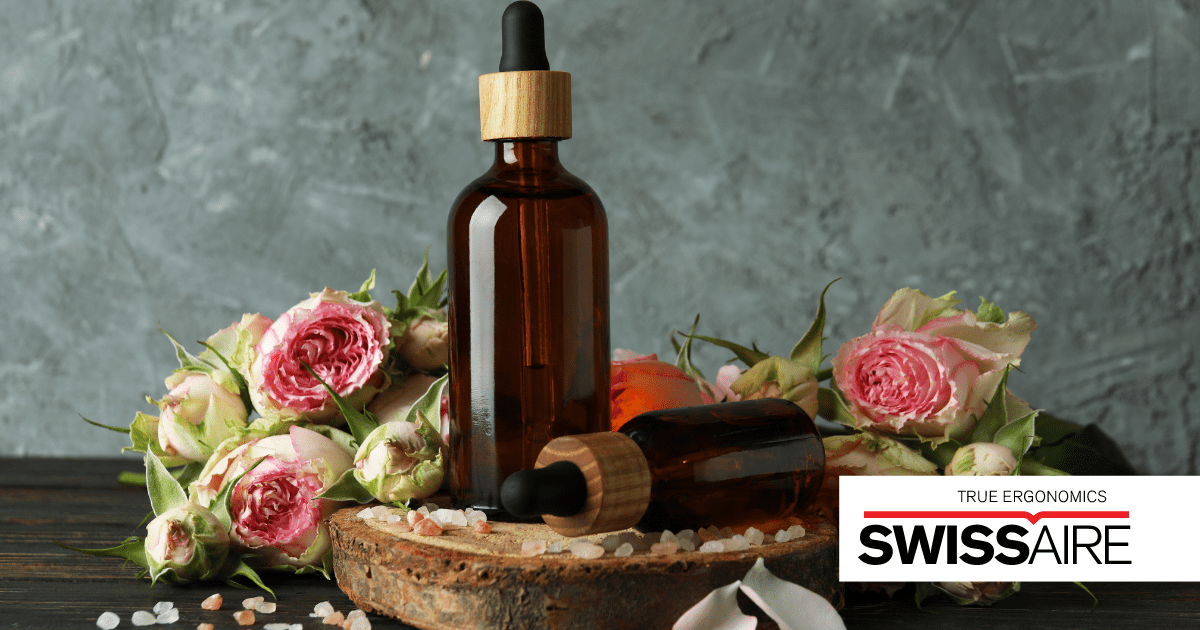
Rose essential oil is extracted from the petals of the Rosa damascena plant, which is native to the Middle East. It has been used for centuries for its sweet, floral aroma and its skin-softening properties.
In ancient Greece and Rome, rose oil was used in perfumes and cosmetics. It was also highly valued in traditional Chinese medicine for its ability to promote relaxation and relieve stress.
Today, rose oil is still used for its skin-nourishing properties, as well as for its ability to promote emotional balance and uplift the mood.
Sandalwood

Sandalwood essential oil is derived from the wood of the Santalum tree, which is native to India and Australia. It has been used for thousands of years in traditional Indian medicine and for its spiritual and aromatic properties.
In Hindu tradition, sandalwood is considered sacred and is used in religious ceremonies. It is also highly valued in Ayurvedic medicine for its ability to promote relaxation and balance the emotions.
Today, sandalwood oil is still used for its calming and grounding effects, as well as for its ability to support healthy skin and promote mental clarity.
Chamomile

Chamomile essential oil is derived from the flowers of the chamomile plant, which is native to Europe and Asia. It has been used for centuries for its calming and soothing properties.
In ancient Egypt, chamomile was used in cosmetics and as a remedy for fever. It was also highly valued in ancient Greece and Rome for its medicinal properties. Today, chamomile oil is still used for its calming effects, as well as for its ability to promote restful sleep, soothe skin irritations, and support healthy digestion.
Each essential oil has a rich history and unique set of properties that make it valuable for various uses. It’s important to research and use essential oils safely and responsibly, following recommended guidelines and consulting with a healthcare professional if needed. SwissAire’s Essential oil is made of a blend of 4 of these essential oils listed in this article – Try it yourself and feel the difference it makes!

